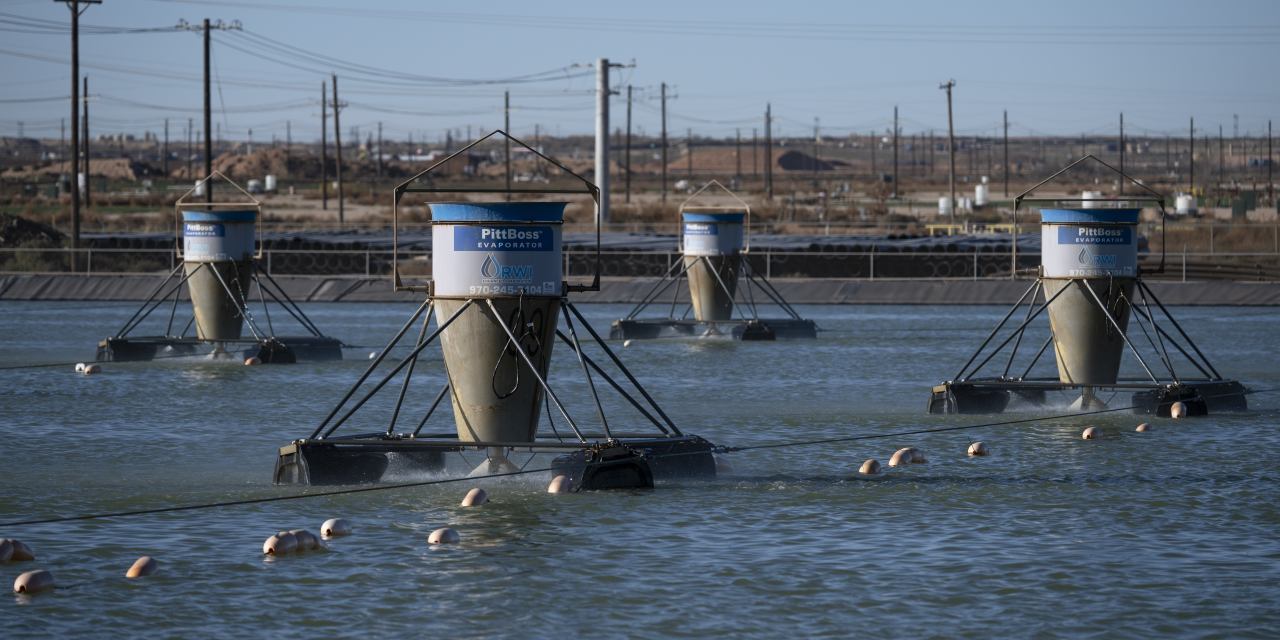Oil Patch's Water Crisis: A Manhattan Project-Scale Solution Needed
The oil and gas industry's insatiable thirst for water is creating a crisis in many producing regions. From the Permian Basin in Texas to North Dakota's Bakken formation, the strain on water resources is becoming unsustainable, threatening not only the environment but also the long-term viability of the industry itself. This isn't just an environmental concern; it's a significant economic and social challenge demanding a solution of unprecedented scale.
The Scope of the Problem:
Hydraulic fracturing, or fracking, the cornerstone of shale oil and gas extraction, is incredibly water-intensive. Millions of gallons are used per well, and with the relentless pace of drilling, water depletion is accelerating. This leads to several interconnected issues:
- Depleted aquifers: Over-extraction is lowering water tables, impacting agriculture, municipal water supplies, and natural ecosystems.
- Water quality degradation: Produced water, a byproduct of fracking, is often heavily contaminated with salts, chemicals, and radioactive materials. Its disposal poses a major environmental hazard.
- Increased competition for water resources: The oil and gas industry's demand is directly competing with other vital sectors like agriculture, putting pressure on already stressed water supplies.
- Economic instability: Water scarcity can lead to increased production costs, delays in drilling projects, and even shutdowns, jeopardizing jobs and economic growth in affected regions.
Beyond Incremental Solutions: The Need for a Manhattan Project Approach
Current efforts to mitigate the water crisis, while important, are often piecemeal and insufficient to address the scale of the problem. We need a transformative approach – a "Manhattan Project" for water in the oil patch – characterized by:
- Massive investment in research and development: This includes exploring innovative water reuse technologies, developing advanced water treatment methods for produced water, and researching drought-resistant fracking fluids.
- Collaboration across sectors: The solution requires a collaborative effort between the oil and gas industry, government agencies, environmental groups, researchers, and local communities. Shared goals and transparent communication are crucial.
- Technological breakthroughs: We need breakthroughs in desalination technology, water-efficient fracking techniques, and advanced water recycling systems capable of handling the high volumes and contaminants associated with oil and gas production.
- Regulatory reforms: Stronger regulations are needed to incentivize water conservation, mandate responsible water management practices, and hold companies accountable for water pollution.
- Public awareness and engagement: Educating the public about the water crisis and fostering a sense of shared responsibility is crucial for building support for necessary changes.
Specific Technological Solutions to Explore:
- Advanced Water Treatment: Membrane technologies, such as reverse osmosis and nanofiltration, can effectively remove contaminants from produced water, allowing for safe reuse or discharge.
- Water Recycling and Reuse: Closed-loop water systems can significantly reduce fresh water consumption by recycling and reusing water within the fracking process.
- Desalination: While energy-intensive, desalination can provide a reliable source of freshwater in arid and semi-arid regions.
- Smart Water Management: Utilizing data analytics and AI to optimize water usage and monitor water resources can greatly improve efficiency.
Conclusion: A Shared Responsibility
Addressing the oil patch's water crisis requires a fundamental shift in how we think about and manage water resources. A coordinated, large-scale effort, akin to the Manhattan Project, is needed to develop and implement innovative technologies, improve regulations, and foster collaboration across sectors. The future of the oil and gas industry, and the communities that depend on it, hinges on our ability to find sustainable solutions to this critical challenge. The time for incremental change is over; we need bold, decisive action. Only through a collaborative and innovative approach can we secure a water-secure future for the oil patch and beyond.

